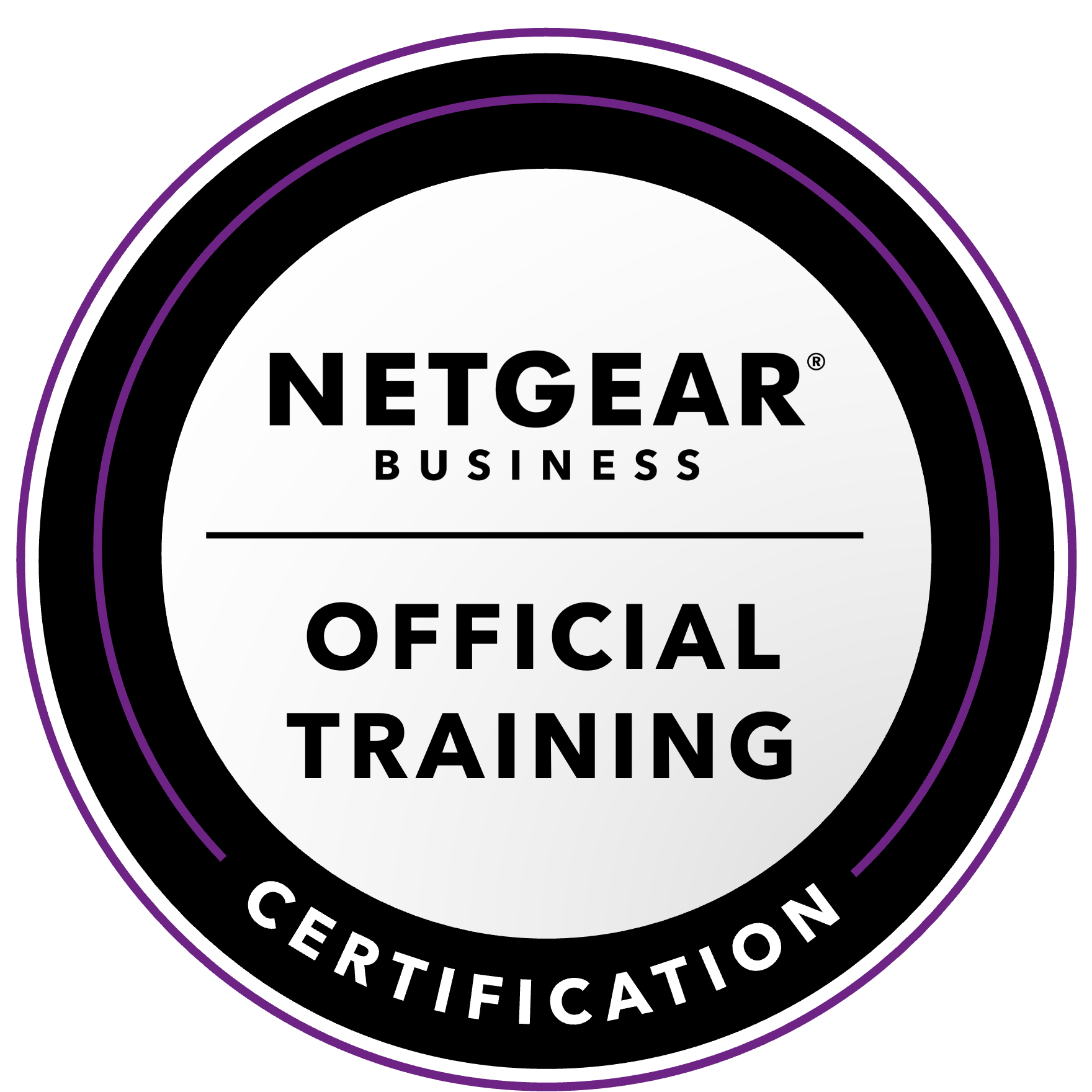NETGEAR is aware of a growing number of phone and online scams. To learn how to stay safe click here.
Forum Discussion
mikebomb
Oct 23, 2023Aspirant
ReadyNas 312 - External storage device is connected but the file system is not recognized
RN312, 6.10.9.
I recently got a new 18 TB external USB drive, formatted NTFS. When I first connected it, it was recognized without issue. I started copying data from the existing USB drive to the new one. Somewhere along the way, the copy failed. Since that point, I cannot get the system to recognize the file system on the new drive.
The drive no longer shows up on the System > Overview page, but sometimes the share shows up under Shares > Media. When it connects to the drive, I get the error above: External storage device is connected but the file system is not recognized.
I've disconnected the drive, reformatted it on my Windows 10 computer, removed and recreated the partition and reformatted it, everything I can think of. I've restarted the ReadyNAS multiple times, shut down completely multiple times, all to no avail. The drive works without issue on the computer, but I can no longer get it to work correctly with the ReadyNAS.
Half the times I've disconnected, reformatted, and reconnected, I've burned a USB_HDD_X number. When I first connected the new drive, it was recognized as USB_HDD_5. It's now USB_HDD_11. I don't like that, but I'd live with it if only the ReadyNAS would see it correctly.
I was getting constant error emails from the ReadyNAS and finally turned the drive off.
Any help would be appreciated.
25 Replies
Replies have been turned off for this discussion
- SandsharkSensei
I'm wondering if that failure during a copy caused you to be writing to the OS partition instead of the USB drive (which has it's mount point in the OS partition) and has filled or almost filled your OS partition or at least put something in it such that it can no longer serve as a mount point.
Some users who have come here with OS partition full issues seem to have that as the cause, and the OS partition filling can have a lot of different effects.
- mikebombAspirant
I don't see how that could be — the NAS is working fine in all other respects, including both the onboard drives and the other attached USB drive — but if it were, how do I check?
- StephenBGuru - Experienced User
mikebomb wrote:
I don't see how that could be — the NAS is working fine in all other respects, including both the onboard drives and the other attached USB drive — but if it were, how do I check?
We have seen the NAS write to the OS partition before, so it is definitely a possibility.
Download the full log zip, and take a look in volume.log. Scroll down to the df -h section.
=== df -h === Filesystem Size Used Avail Use% Mounted on udev 10M 4.0K 10M 1% /dev /dev/md0 4.0G 1.5G 2.2G 41% //dev/md0 us the OS partition. In this example it's 41% full - a somewhat more than the usual 20-25%, but still ok.
The NAS will report a full OS if it reaches 90%, but I'd rather see it below 50% myself.
On the main problem - if you have a spare disk handy, you could try this:
- power down, and remove your existing disks (labeling by slot)
- insert the spare, and do a factory default with just that one drive in place.
- After a minimal setup, add the suspect USB drive, and see if it behaves normally.
When done testing, power down again, and put the existing disks back (preserving slot order).
- mikebombAspirant
=== df -h === Filesystem Size Used Avail Use% Mounted on udev 10M 4.0K 10M 1% /dev /dev/md0 4.0G 753M 2.9G 21% / tmpfs 993M 0 993M 0% /dev/shm tmpfs 993M 3.8M 989M 1% /run tmpfs 497M 4.1M 493M 1% /run/lock tmpfs 993M 0 993M 0% /sys/fs/cgroup /dev/md127 9.1T 5.4T 3.8T 59% /data /dev/md127 9.1T 5.4T 3.8T 59% /home /dev/md127 9.1T 5.4T 3.8T 59% /apps /dev/sdd1 11T 9.9T 1.1T 91% /media/USB_HDD_4 /dev/sdc2 17T 362M 17T 1% /media/USB_HDD_11 === df -i === Filesystem Inodes IUsed IFree IUse% Mounted on udev 253417 420 252997 1% /dev /dev/md0 0 0 0 - / tmpfs 254087 1 254086 1% /dev/shm tmpfs 254087 548 253539 1% /run tmpfs 254087 28 254059 1% /run/lock tmpfs 254087 15 254072 1% /sys/fs/cgroup /dev/md127 0 0 0 - /data /dev/md127 0 0 0 - /home /dev/md127 0 0 0 - /apps /dev/sdd1 0 0 0 - /media/USB_HDD_4 /dev/sdc2 0 0 0 - /media/USB_HDD_11As you can see, /dev/md0 is only 21% used and the new drive is mounted to /dev/sdc2 (although the drive is currently off).
I've tried to reply to this post multiple times. Each time my reply looks like it's been accepted and then it disappears.
- mikebombAspirant
My replies are disappearing. I've tried replying to this post probably a dozen times. The replies keep disappearing. If this goes through, follow the link above to my follow up post.
- mikebombAspirant
Well, a reply of mine has finally gone through. I'll try to put the data here again.
=== df -h === Filesystem Size Used Avail Use% Mounted on udev 10M 4.0K 10M 1% /dev /dev/md0 4.0G 753M 2.9G 21% / tmpfs 993M 0 993M 0% /dev/shm tmpfs 993M 3.8M 989M 1% /run tmpfs 497M 4.1M 493M 1% /run/lock tmpfs 993M 0 993M 0% /sys/fs/cgroup /dev/md127 9.1T 5.4T 3.8T 59% /data /dev/md127 9.1T 5.4T 3.8T 59% /home /dev/md127 9.1T 5.4T 3.8T 59% /apps /dev/sdd1 11T 9.9T 1.1T 91% /media/USB_HDD_4 /dev/sdc2 17T 362M 17T 1% /media/USB_HDD_11As you can see, /dev/md0 is only 21% used, and the new drive is at /dev/sdc2, although how it knows the status of the drive when it's turned off is beyond me.
Any other suggestions?
Related Content
NETGEAR Academy

Boost your skills with the Netgear Academy - Get trained, certified and stay ahead with the latest Netgear technology!
Join Us!
